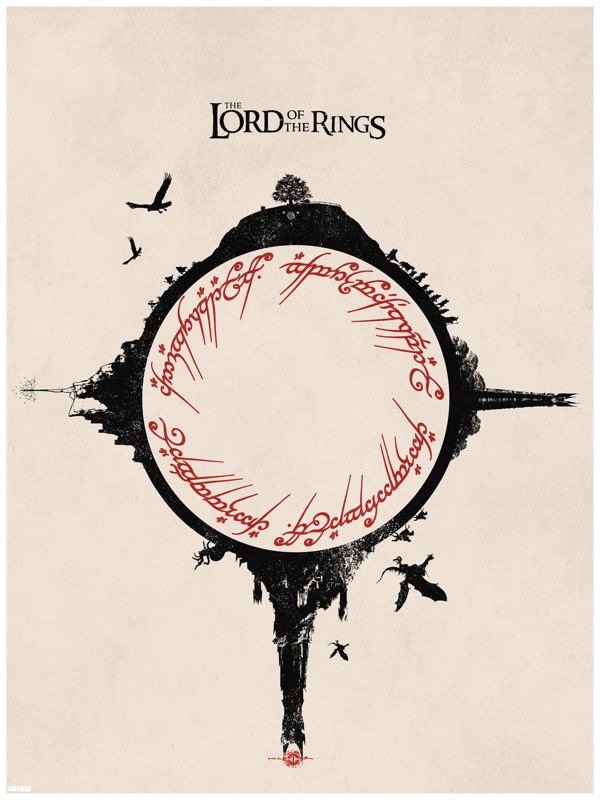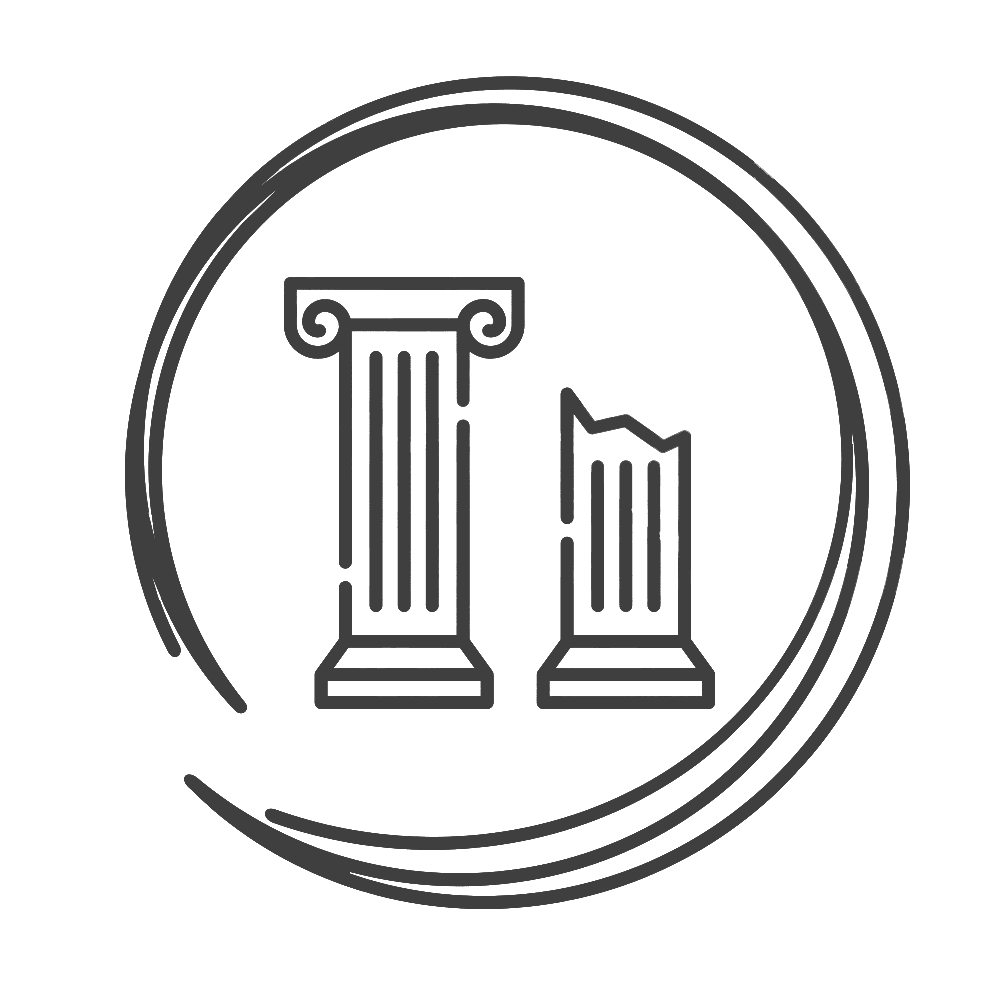FRIENDSHIP IN THE LORD OF THE RINGS TRILOGY

The Lord of the Rings is a trilogy and high fantasy novel written by English author and scholar J. R. R. Tolkien. It was written with strange words and historical and fantastic elements were used to emphasize the idea of inner life. The Lord of the Rings is a continued work of The Hobbit. These two works are known for starting the high fantasy genre, and these works have had an enormous influence on that genre. The Lord of the Rings is a story of a group of heroes who wanted to save the world from absolute evil, Sauron, which used a ring for making his desires real and consequently a fellowship of hobbits, elves, dwarfs, and men were formed to destroy the evil. One of the major themes in the books is friendship. Tolkien himself seems to show us friendship can overcome the worst cases.

The Lord of the Rings: The Fellowship of the Ring
To begin with, the evil side of the Trilogy, had one goal: Destroying the age of mankind. He adopted the symbol of a lidless eye so that the Eye of Sauron became a symbol of power and fear. He wanted to destroy all of the communities that is why a long time ago, he made a ring to rule the whole world. “It began with the forging of the great rings. Three were given to the elves, seven to the Dwarf Lords, and nine rings were given gifted to the race of men. For within these rings were bound the strength and will to govern each race. But they were all of them deceived for another ring was made. In the land of Mordor, the dark Lord Sauron forged in secret a master ring, to control all others and into this ring, he poured his cruelty, his malice, and his will to dominate all life. One ring to rule them all.” (The Lord of the Rings, The Fellowship of the Ring, Book I: “Prologue”). He created an army which consisted of Orcs, Uruks, and Nazguls to find the Ring and destroy the world with the power of it. So, he captured the Creature Gollum, who had had the ring before, and tortured him to learn the place of the Ring. As a result, they heard two words from Gollum “Shire” and “Baggins”. Sauron sent his servants to find Shire and search for Baggins, so that the ring might have returned to him. At the same time, Gandalf left Shire with Frodo and Sam. Moreover, people from middle-earth were formed in Rivendell with the purpose to destroy the Ring. In that meeting, Frodo wanted to bear the ring “‘I will take the Ring,’ Frodo said, ‘though I do not know the way.'” (Lord of the Rings, The Fellowship of the Ring, Book II: “The Council of Elrond”) and their journey for saving the world from the attacks of the enemy had started and they named their bond as “Fellowship”. In Magnús Þórðarson’s essay “The Theme of Friendship in J. R. R. Tolkien’s The Lord of the Rings” He says: “It is important to look into the definition of friends, and according to the dictionary a friend is ‘someone that you know well and like that is not a member of your family.'” However, this definition does not include an explanation of why people want to know each other and become friends. Also, these definitions show us the concept of friendship and show us Tolkien’s own feelings about friendship and what the concept means for him. The relationship between Frodo and Sam is an evidence for what the concept of loyalty means to Tolkien. Throughout their fellowship, they had seen lots of difficulties, and they had lost some of their friends and day by day the number of their fellowship was getting skeletonized until Frodo and Sam left. At this juncture, their journey started to be tougher than before because they started to deal with not only the enemy but also the power of the ring. Especially, Frodo started to use Sam’s weak points due to the influence of ring’s power to hurt Sam but Sam did not leave Frodo alone with his weighty responsibility.

Lidless Eye of the Dark Lord Sauron
As the story unfolds, it was understood that they had struggled with darkness and desolateness in their journey to destroy the ring. During their journey, it can be seen that they fight for their friendship when Gollum caused conflict between them and they cried together, also risked their lives for each other; it is this friendship of these hobbits that tried to cope with the evils of Mordor.

“‘Come, Mr. Frodo!’ he cried. ‘I cannot carry it for you, but I can carry you.'” (The Two Towers, Book VI, Chapter III: “Mount Doom”)
In addition, the One Ring was one of the most powerful objects in the Middle-earth. It was created by the dark Lord Sauron in the fire of Mount Doom. Sauron’s intent was to control all over the world and all of the races. Sauron knew that he needed an extraordinary power for his ring to achieve his goal that is why he bounded a great part of his soul with that ring. So, Sauron’s fate became bound with the ring. If it was damaged or destroyed, it would automatically affect Sauron too. Based on this, we can easily guess that the burden of Frodo was too heavy for him because he tried to struggle with the soul of Sauron too. Frodo wanted to destroy the ring before it did. It is a powerful story consist of choices where the solution is not always obvious, and the outcome is never certain. And a stage of war, the real battle is an inner, psychological struggle. That situation affected his selves, behaviours and also his mental health. “Frodo’s adventurous Uncle Bilbo would represent the ‘ideal self’ he wishes to achieve but knows he never will make him idealize Bilbo as something he is not: a great adventurer who has no imperfections. On the opposite end of the spectrum is Gollum who would represent the ‘feared self’ that Frodo will try to resist as much as he possibly can. What the ring bearer is left with in the end, however, is neither an ideal nor a feared self, but an altered ‘actual self'”. (Smyth, Erica. Frodo’s Possible Selves: A Psychoanalytical Study of Lord of the Rings. Diss. 2015.) In that hard times of Frodo, we never saw him alone in his solitude. Sam was always trying to support him as much as he could do and all of the sleepless nights Sam passed to watch over Frodo and keep him safe from Gollum. And, at the end of all things, Sam carried Frodo to the Mount Doom. “‘Come, Mr. Frodo!’ he cried. ‘I cannot carry it for you, but I can carry you.'” (The Two Towers, Book VI, Chapter III: “Mount Doom”) Then the reader is reminded that he started out as Frodo’s gardener. Where did his love and loyalty come from? Over the course of the story the reader comes to understand that Sam’s devotion to Frodo is one of constant choice and of giving far more than is asked of him. Also, a few lines that show Sam’s heart perfectly. “Frodo says ‘But I am going to Mordor.’ Sam replies, ‘I know that Mr. Frodo. Of course, you are. And I’m coming with you.’ When Frodo denies, Sam adds ‘I am coming too or neither of us is not going.'” In the movie version, Peter Jackson added the word ‘alone’ to the end of Frodo’s sentence that includes deeper meaning. In Sam’s mind, Frodo going to Mordor alone means Sam will be there also. The word ‘alone’ means two, not one. Moreover, while Sam and Frodo were surviving for saving the world, other members of the fellowship were struggling with the attacks of the evil side in the Middle-earth to the death to destroy the obstacles in front of Sam and Frodo. Different identities from different races came together for the one and only goal: saving the world. There were some parts that make the readers think about the friendship again with the parts of Legolas, Aragorn and Gimli. Although all of their nations and races were different from each other and Elves and Dwarfs did not even like each other but they, fought shoulder to shoulder. When Eomer, the prince of one race, attacked Gimli, Legolas defended him. “Eomer to the Legolas: ‘What business does an Elf, a Man and a Dwarf have in the Riddlemark? Speak quickly!’ Gimli to Eomer: ‘Give me your name Horse-master, and I shall give you mine.’ Eomer to Gimli: ‘ I would cut off your head, master Dwarf,
if it only stood a little higher from the ground.’ Legolas: ‘[notches an arrow and points it at Eomer] You would die before your sword fell.'” (The Two Towers, Book III, Chapter II: “The Riders of Rohan”) Based on this example, they had a goal which made a bond between all of them and made them fight and support each other.

Sam: There’s some good in this world, Mr. Frodo… and it’s worth fighting for.” (J.R.R. Tolkien, The Two Towers)
Put it in a nutshell, The Lord of the Rings is a proof that even the stronger men cannot solve all the world’s problems on their own but have brilliant elements that they could find in himself. The hero is not always the most definite character or the reader cannot determine who the actual hero is. Basically, a hero can be defined as “a man admired for his achievements and noble qualities.” (Askin, Debbie Fraser. “What Is a Hero?” Neonatal Network24.6 (2005): 7-7.) Contrary to popular opinion, Sam is a hidden hero of that trilogy who has not got these qualities apparently but in his heart. It is accepted by nearly all readers that the novel is about Frodo. It is his quest, his burden, he is the focus but all readers know that without Sam’s supports Frodo could not achieve that duty. Reader is aware that Sam’s hope is blinking out, but still he keeps going for Frodo’s sake; for the sake of the quest. Sam is ready to lie down and die but he knows that he cannot. And when the duty is done, they are left without hope. Together they are alone in front of the mountain. As they prepare to die, Frodo whispers to Sam, “‘I am glad you are here with me. Here at the end of all things, Sam.’ And Sam replies, ‘Yes, I am with you, Master.'” (The Two Towers, Book VI, Chapter III: “Mount Doom”) His words bear the full weight of all the devotion that fills Sam’s heart. Of a loyalty that is always steadfast. Of a love that is always choosing the other person first. A love that is willing to die.
YAZAR: TUĞBA BOZKAYA
REFERENCE
The Lord of the Rings, The Fellowship of the Ring, Book I: “Prologue” (1954)
Lord of the Rings, The Fellowship of the Ring, Book II: “The Council of Elrond” (1954)
Þórðarson, Magnús Örn. The theme of friendship in JRR Tolkien’s The Lord of the Rings. Diss. 2012.
The Two Towers, Book VI, Chapter III: “Mount Doom” (1954)
Smyth, Erica. Frodo’s Possible Selves: A Psychoanalytical Study of Lord of the Rings. Diss. 2015.
The Two Towers, Book VI, Chapter III: “Mount Doom” (1954)
Askin, Debbie Fraser. “What Is a Hero?” Neonatal Network24.6 (2005): 7-7
The Two Towers, Book III, Chapter II: “The Riders of Rohan” (1954)







